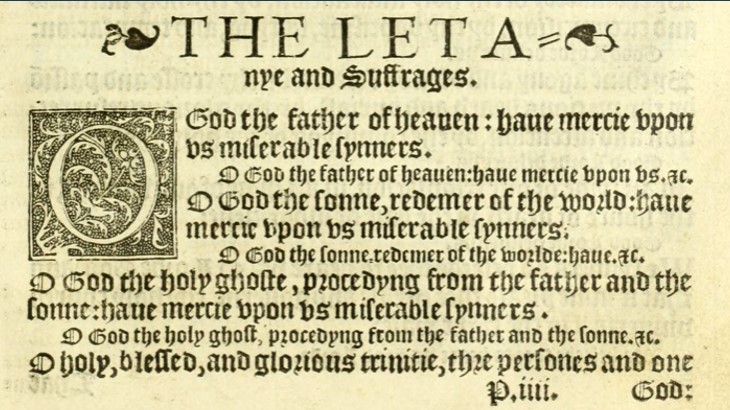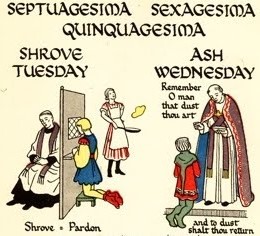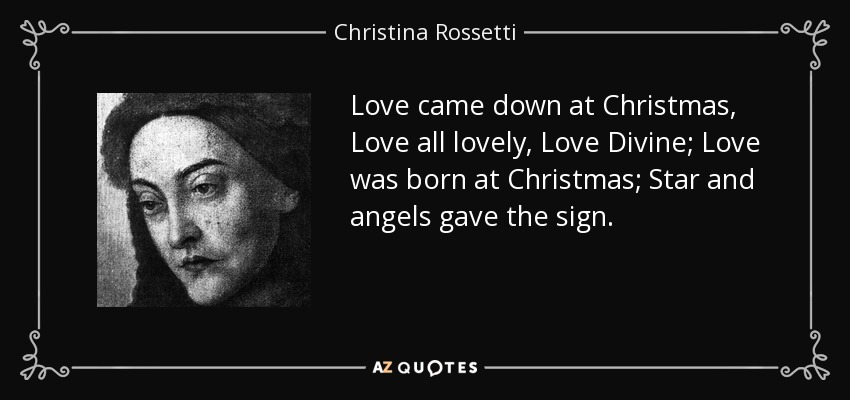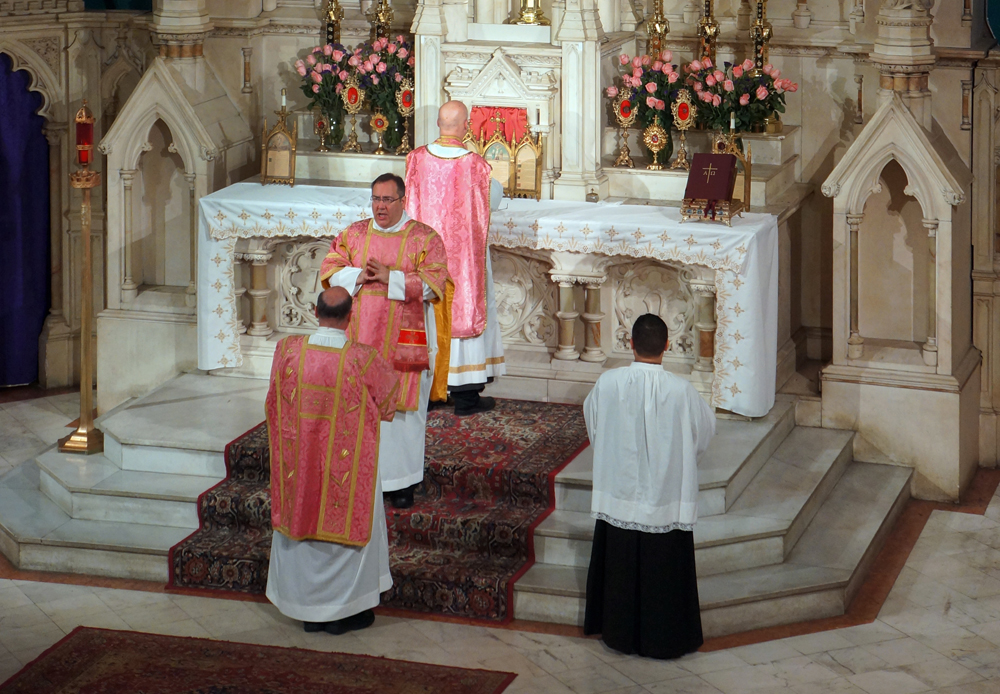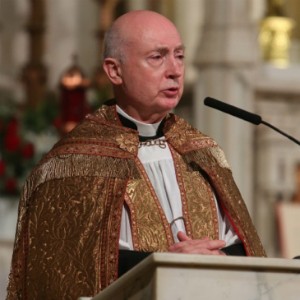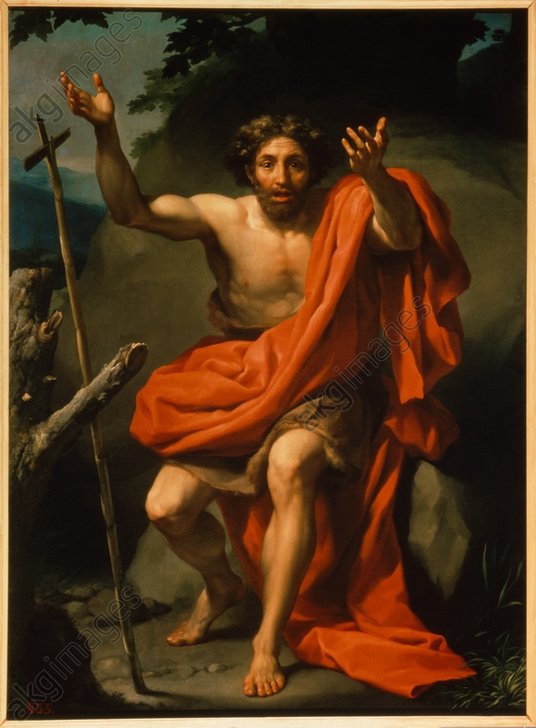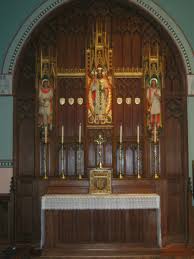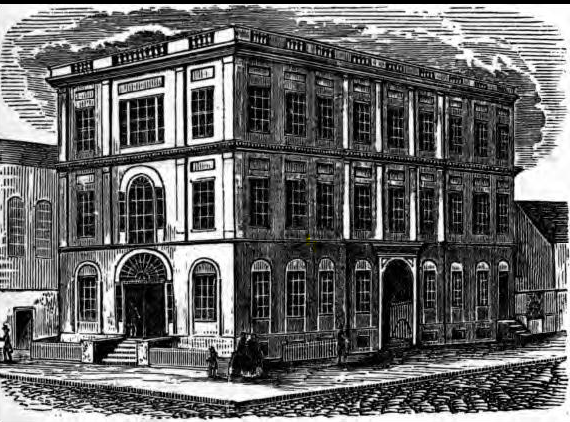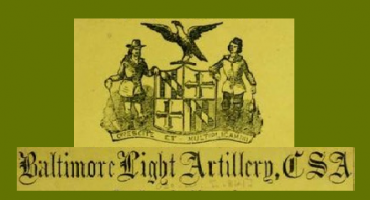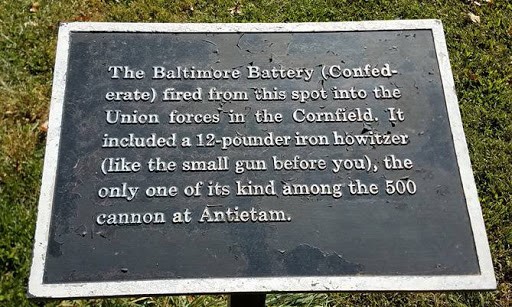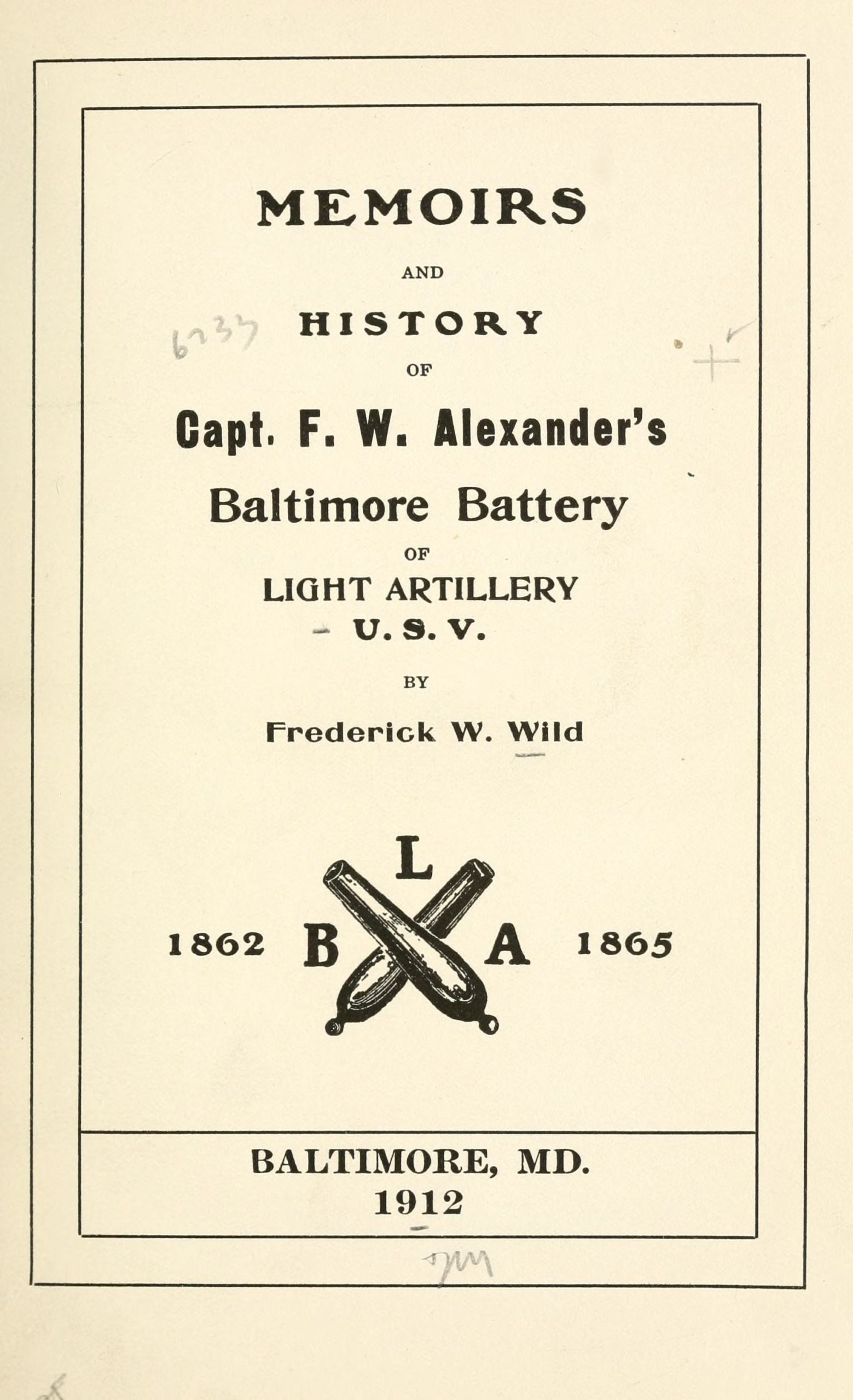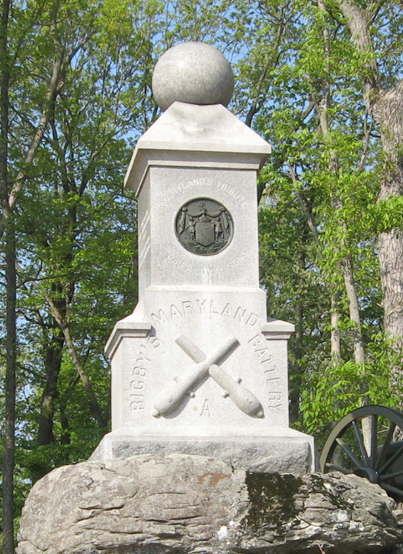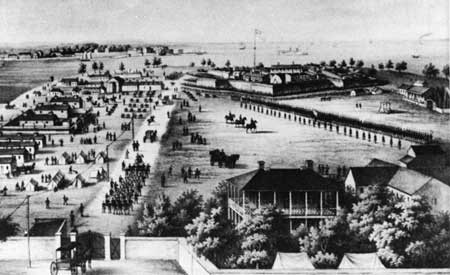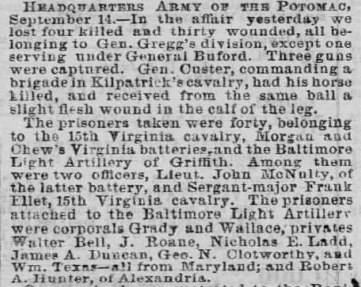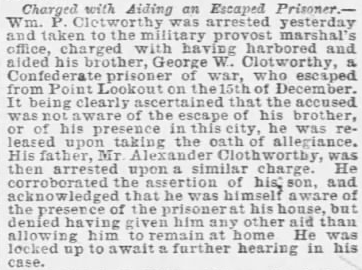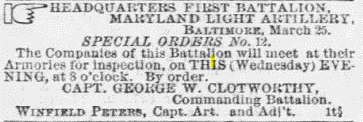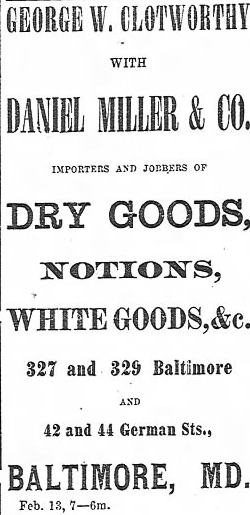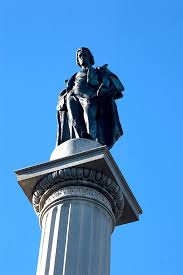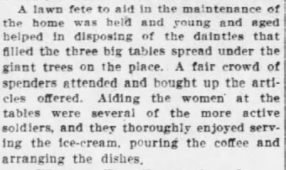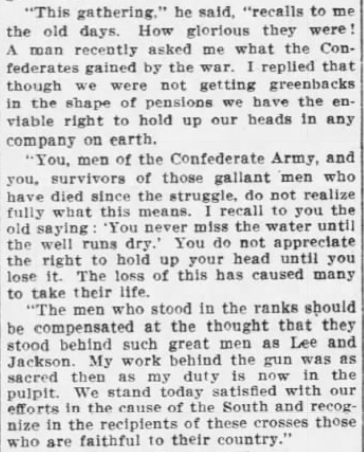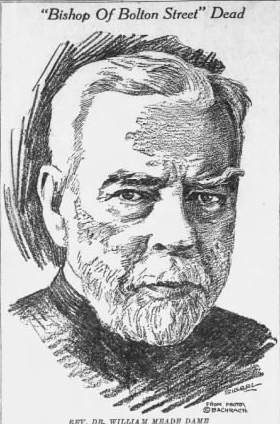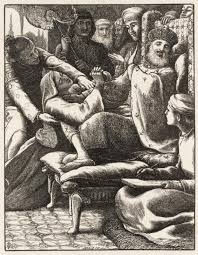 The horror of a mass killing provokes an international reaction, but the far greater number of individual homicides barely provokes a yawn.
The horror of a mass killing provokes an international reaction, but the far greater number of individual homicides barely provokes a yawn.
A Washington Post article reported
On average, there was one mass shooting every 73 days in 2020, compared with one every 36 days in 2019 and one every 45 days in 2017 and 2018. The slowdown interrupted what had been a five-year trend of more frequent and more deadly mass shootings.
That gun violence increased overall even as mass shootings declined underscores the fact that those high-profile events account for a relatively small share of firearm deaths.
An analysis of data from the Centers for Disease Control and Prevention found Black males between the ages of 15 and 34 accounted for 37 percent of gun homicides, even though they made up 2 percent of the U.S. population — a rate 20 times that of White males of the same age.
The perpetrators and victims of mass shootings tend to be white, and the reverse among individual deaths. Could this explain the different reactions?
I don’t think that blacks are any more genetically inclined to violence than whites are, but something is wrong with the culture that leads young men to take out their aggressions on each other in such a deadly fashion.
Many cities have tried de-escalation programs, and some of them work to some extent. But a new mayor and a new police chief get into office, and want to try a new program, so there is little attempt to build on successful programs.
The absence of a father and violence among young males are clearly correlated, and it is easy to see the connection. The presence of guns makes the violence deadly. But how to restore the two parent family in a country where it is disappearing among all segments of society?
But what can be done about handguns? They have little or no military use and it would seem that they could be restricted without violating the Second Amendment. But what could be done about the tens of millions in circulation? Strictly control ammunition and require each bullet to be laser marked?
Any attempt at mass confiscation of unregistered handguns would require draconian measures and provoke violent resistance both by blacks and whites. Does anyone have any ideas that go beyond pious wishes?

